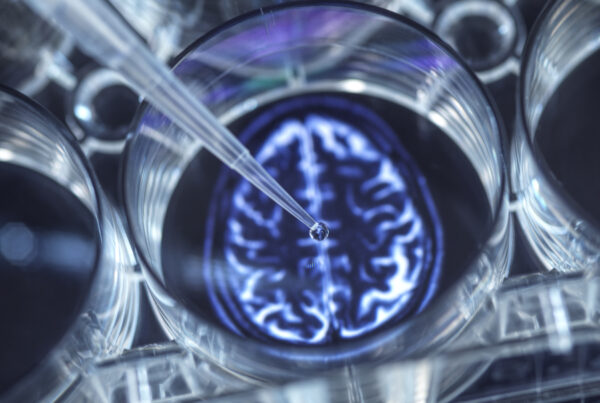
The HPA Axis
The HPA Axis, which plays a key role in relieving stress and supporting a positive mood, includes three parts of the body:
- The hypothalamus in the frontal lobe of the brain.
- The pituitary gland, which is located below the hypothalamus.
- The adrenal glands at the top of the kidneys.
Why should we pay attention to the HPA Axis when it comes to stress and mood? These three pieces of the HPA Axis are constantly working together to regulate functions which can relieve stress and regulate mood. They also impact energy levels, metabolism, digestion, and the immune system.
What does it take to keep this Axis performing at optimum levels? A lot of factors, including the roles of four key chemicals produced by the body, each of which requires nourishment.
Cortisol
Cortisol activates the body’s physical response to stress by stimulating norepinephrine, which we might think of as the opposite of adrenaline. Cortisol is what activates hyperarousal, or the body’s fight-and- flight response.
ACTH (Adrenocorticotropic Hormone)
ACTH is released by the brain’s anterior or the pituitary gland. It regulates levels of the steroid hormone cortisol.
Glucocorticoids
This family of steroids, produced the adrenal glands, regulate inflammation and immune response.
CRH (Corticotropin-Releasing Hormone)
This hormone is also known as Corticotropin-Releasing Factor (CRF). When stress levels increase, it is produced and secreted by the hypothalamus. Generally speaking, the higher the stress levels, the more CRH is being produced.
Nourishing Active Neurotransmitters
The metabolic activity of neurotransmitters in the HPA Axis is constant. Proper support can promote a positive mood by methylation, a process that can alter the activity of a DNA segment without changing the actual sequence. This process can help to balance nerve function and provide a sense of calm.







